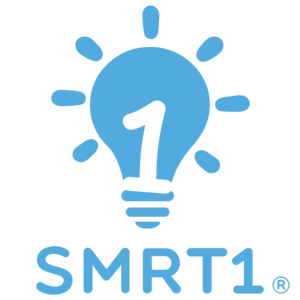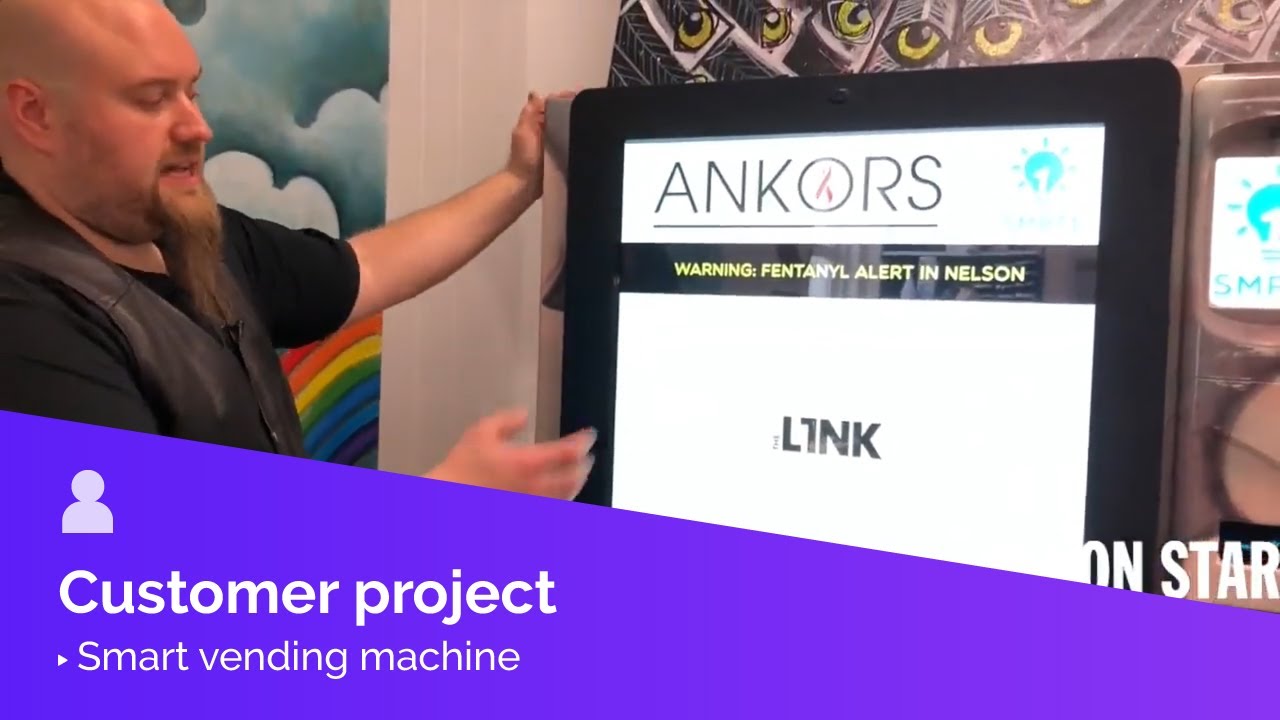The COVID-19 pandemic accelerated the adoption of technologies that enable safe, product delivery. Smart vending machines emerged as valuable tools during this public health challenge, and their applications have expanded to address broader health and safety concerns. While initially helping businesses survive pandemic-related restrictions, these intelligent systems now serve as versatile platforms for safe product distribution, healthcare applications, and public health information dissemination in various environments. The features that made smart vending valuable during COVID-19 continue to provide benefits in addressing ongoing and future public health challenges.
Smart vending machines proved their value during the COVID-19 pandemic by providing safe access to products and essential supplies when traditional retail faced significant constraints. The features that made these systems valuable during the acute crisis – regular sanitization, controlled distribution, and information delivery which continue to offer benefits as we address ongoing and future public health challenges.
Beyond their initial pandemic applications, SMRT1 CARE PODs now serve broader healthcare needs by extending access to health supplies, delivering educational content, and supporting community wellness initiatives. The technology that helped businesses weather the economic impacts of COVID-19 has evolved into a versatile platform for healthcare delivery and public health communication.
As we apply lessons learned from the pandemic to strengthen health system resilience, smart vending technology offers a scalable, adaptable solution for both everyday health needs and emergency response. By combining physical product distribution with digital information delivery in a safe, accessible format, these systems represent an important component of modern public health infrastructure.
Whether deployed in healthcare facilities, community centers, transportation hubs, or workplaces, smart vending machines continue to demonstrate their value not just as retail solutions, but as tools for creating healthier, more resilient communities.
Sanitization and Hygiene
Smart vending machines incorporate design features that facilitate regular cleaning and maintenance to ensure hygienic operation:
Durable Touchscreens: As mentioned in the original content, SMRT1 POD touchscreens are designed to withstand frequent cleaning with water or standard antibacterial cleaning solutions without degradation. This durability enables regular sanitization between users.
Non-porous Surfaces: The machine exteriors utilize materials that resist bacterial growth and are easily cleaned, maintaining a hygienic environment even in high-traffic locations.
Structured Cleaning Protocols: Smart vending operators implement regular cleaning schedules, often tracked through the machine’s management system, ensuring consistent maintenance. These protocols can be adjusted based on usage patterns, with more frequent cleaning during peak periods.
Visible Hygiene Measures: Many deployments include visible sanitization stations adjacent to the machine and digital displays showing when the machine was last cleaned, building user confidence in the safety of the interaction.
Remote Monitoring: The connected nature of smart vending allows operators to remotely track maintenance schedules and cleaning logs, ensuring compliance with hygiene protocols without requiring physical inspection visits.
These sanitization capabilities make smart vending particularly valuable in healthcare environments, where maintaining hygienic conditions is essential even beyond pandemic circumstances.
Safe Product Distribution
Smart vending machines provide secure, controlled distribution of essential products during public health emergencies and beyond:
Essential Supplies: During the height of the COVID-19 pandemic, smart vending machines were deployed to distribute personal protective equipment (PPE) such as masks, gloves, and hand sanitizer in hospitals, transportation hubs, and office buildings. This application has evolved to include broader healthcare and safety supplies.
Medical and Health Products: SMRT1 CARE PODs now dispense various health-related items including over-the-counter medications, first aid supplies, personal hygiene products, and health monitoring tools like thermometers or test kits. In healthcare settings, these machines extend pharmacy services beyond staffed hours.
Controlled Access: When supply shortages occur during emergencies, smart vending can implement rationing features, limiting quantities per transaction or requiring identification to ensure fair distribution of critical items.
Temperature-Controlled Storage: For medications or certain medical supplies requiring specific environmental conditions, advanced smart vending units include temperature monitoring and climate control features to maintain product integrity.
Real-time Inventory Tracking: The cloud connectivity of smart vending machines enables real-time monitoring of supply levels, allowing for prompt restocking of essential items and providing valuable data on community needs during health emergencies.
These distribution capabilities make smart vending particularly valuable for extending healthcare access beyond traditional pharmacy or clinical settings. For public health departments, SMRT1 CARE PODs provide a way to deliver health supplies across communities 24/7, addressing both everyday needs and emergency situations.
Public Health Information
Beyond physical product distribution, smart vending machines serve as platforms for disseminating critical public health information:
Dynamic Digital Signage: When not actively in use for transactions, smart vending screens can display public health announcements, safety protocols, or educational content. During COVID-19, these often showed mask requirements or social distancing guidelines; they now feature broader health education content.
Interactive Health Education: The touchscreen interface enables interactive health information delivery, from proper handwashing techniques to symptom checks or guidance on when to seek medical care. Users can select topics of interest for personalized health information.
Multilingual Support: SMRT1 systems can present information in multiple languages, ensuring critical health messaging reaches diverse populations, particularly important during public health emergencies when clear communication is essential.
Real-time Updates: Cloud connectivity allows for immediate updates to health information across an entire network of machines. When guidelines change or new information becomes available, messaging can be updated remotely without delay.
Community Resources: Smart vending interfaces can provide location-specific information about nearby health resources, testing sites, vaccination locations, or emergency services, functioning as accessible information kiosks in addition to product dispensers.
This communication capability transforms smart vending machines into valuable public health tools beyond their transactional function. For organizations like health departments or healthcare providers, the ability to consistently deliver accurate health information through these widely accessible points of contact creates significant communication value.
Post-Pandemic Resilience
The adaptations made during COVID-19 have evolved into permanent features that enhance business and public health resilience beyond the pandemic:
Business Continuity: Smart vending provides a reliable sales channel that can continue operating during various disruptions, from health emergencies to staffing shortages or natural disasters. This resilience helps businesses maintain service even when traditional operations are constrained.
Reducing Healthcare Burdens: By providing self-service access to basic health supplies and information, smart vending machines help reduce non-emergency visits to healthcare facilities, allowing those resources to focus on more critical needs during health crises.
Adaptable Distribution Network: The network of smart vending machines established during COVID-19 now serves as flexible infrastructure that can be quickly repurposed for future public health needs. Whether distributing seasonal vaccines, responding to new outbreaks, or addressing ongoing health concerns, this network provides valuable distribution capability.
Data for Public Health Planning: The aggregated, anonymous usage data from health-focused smart vending deployments provides insights into community health needs and behaviors. This information helps public health officials identify trends, allocate resources, and plan interventions more effectively.
Normalized Touchless Interactions: The widespread adoption of contactless technology during the pandemic has created lasting consumer comfort with touchless vending experiences. This shift supports ongoing infection prevention beyond COVID-19, potentially reducing transmission of seasonal illnesses and other communicable diseases.
These resilience benefits demonstrate how smart vending has transitioned from an emergency response technology to an integral component of forward-thinking public health infrastructure.


